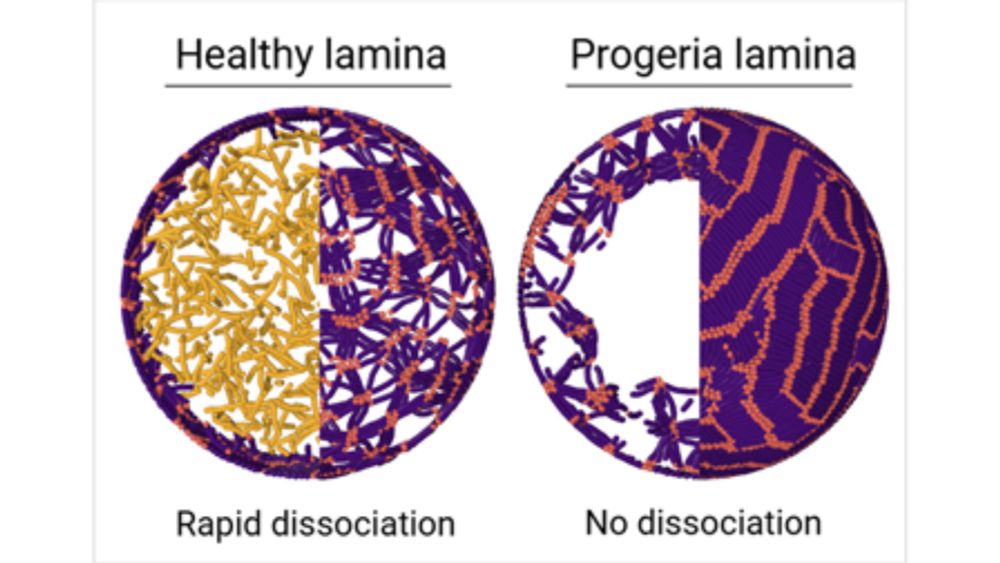Previously@NorthwesternU,@UNC,@TU_Muenchen,@kocuniversity,@itu1773
Molecular bio/polymer/physicist
academic.oup.com/nar/article/...
academic.oup.com/nar/article/...
From the next application rounds, expect changes to the:
• proposal structure
• evaluation process
• extra funding you can request
• eligibility for Starting & Consolidator #Grants (from 2027)
More 👇 europa.eu/!RPHWvv

From the next application rounds, expect changes to the:
• proposal structure
• evaluation process
• extra funding you can request
• eligibility for Starting & Consolidator #Grants (from 2027)
More 👇 europa.eu/!RPHWvv
Lamina is a protective meshwork at the nuclear periphery, but in diseases like HGPS, its structure becomes disrupted and becomes thicker with the traces of nematically ordered lamin fibers.

Lamina is a protective meshwork at the nuclear periphery, but in diseases like HGPS, its structure becomes disrupted and becomes thicker with the traces of nematically ordered lamin fibers.
Heterochromatin stiffens cell nuclei, but how? What is the physical mechanism of chromatin-based force response? We use polymer sims...
www.biorxiv.org/content/10.1...

Heterochromatin stiffens cell nuclei, but how? What is the physical mechanism of chromatin-based force response? We use polymer sims...
www.biorxiv.org/content/10.1...

